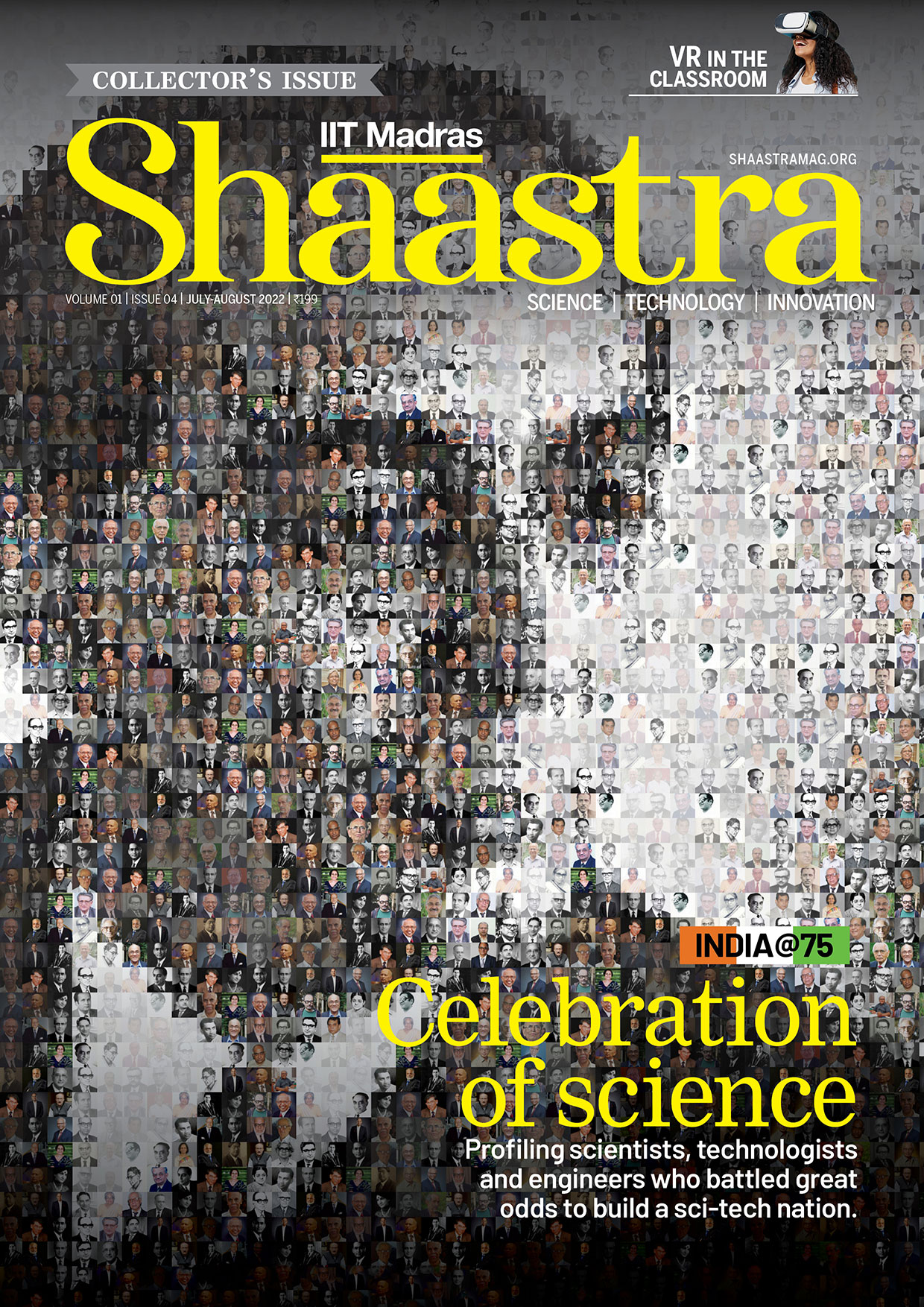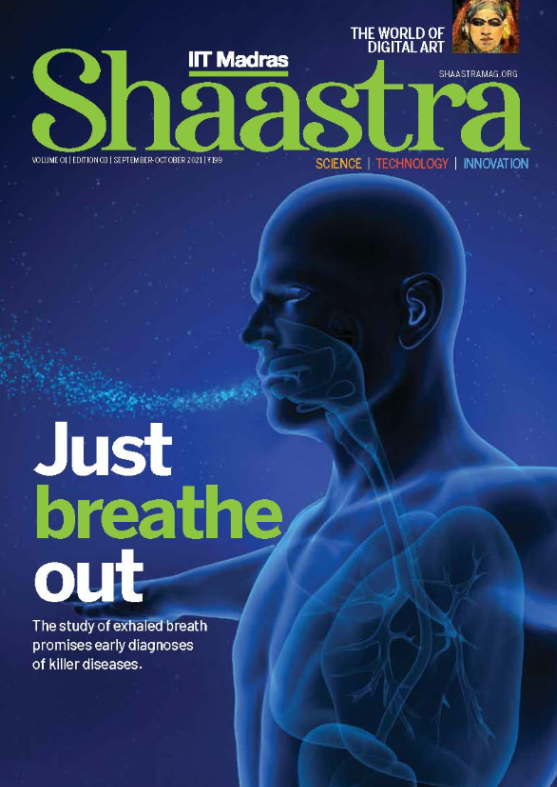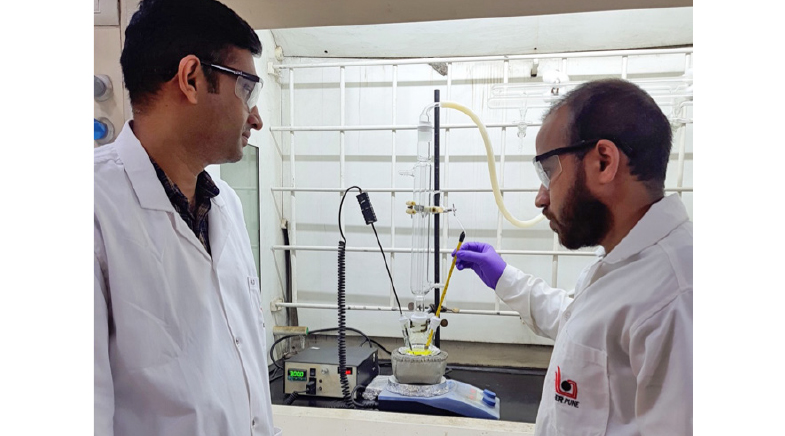The eye is a window to the body
-
- from Shaastra :: vol 03 issue 03 :: Apr 2024

Researchers have long seen the eye, with its trove of health data, as a window to the body. Emerging technology has made it possible for them to gaze deeper into it and get early warnings of health risks.
All through his two-decade career in the public and private sectors, Zia Saquib had been thinking of using technology for social benefit. His primary training was in signal processing, a subject with wide applicability across industries. As the Executive Director of the Centre for Development of Advanced Computing (C-DAC) in Pune, he led projects on computer vision, health analytics, and image processing. At Jio Platforms, where he was Senior Vice President, Saquib was part of a project for the swift detection of eye diseases. The product, called Swasth, was not commercialised, but it gave Saquib a glimpse of the power of eye imaging. In particular, he became fascinated by the mathematical pattern he discovered inside the eye.
Retinal blood vessels are highly branched and resemble fractals, a geometrical pattern whose parts resemble the whole. Like a box inside a box inside a box ad infinitum, fractals have patterns that remain the same as you keep magnifying the parts. This branching pattern can be quantified into a value called the fractal dimension. In 1990, Martin A. Mainster, a medical doctor with a PhD in physics, who is now at the University of Kansas Medical Center, showed for the first time that the fractal dimension of blood vessels of the human retina lies between one and two. It is around 1.7 in healthy eyes. Any deviation from 1.7 is associated with poor eye health. Saquib's ophthalmology platform was also based on the fractal dimension.
In the three decades since it was first described, many studies have explored the correlation between the fractal dimension and diseases. Fractal dimension is a good tool to assess the complexity of the branching pattern of blood vessels. A more complex branching pattern translates into better blood flow in the eye, a surrogate marker to determine the blood flow in other parts of the body. There are different parameters to study the branching pattern of blood vessels in the eye, such as calibre, tortuosity, curvature, and the branching angle. None of these is as comprehensive as the fractal dimension, which captures the density and overall complexity of the branching pattern in one number.
In a study (bit.ly/eye-alzheimers) published in Alzheimer's & Dementia in October 2023, a group of U.S. and Singapore-based researchers looked at multiple assessment parameters for retinal blood vessels and found that higher values of the fractal dimension were associated with less inflammation and degeneration in the brain. Many diseases cause early changes in retinal blood vessels. By picking up those changes during retinal imaging, it is possible to identify people at risk of developing neurodegenerative diseases. Early detection means early access to treatment and a better prognosis in the long term. "This is one of the many studies that have been done, and it gives you a taste of the future," says Sally Ong, one of the authors of the paper and Assistant Professor of Ophthalmology at the Wake Forest University School of Medicine in North Carolina in the U.S. Now scientists know that diseases such as hypertension, diabetes, cardiovascular diseases and chronic kidney disease are associated with changes in the structure and function of retinal blood vessels.
In addition to blood vessels, there are other parts of the eye that serve as indicators of overall health. The thickness of the retina and the nerve fibre layers are associated with neurodegenerative diseases such as Alzheimer's and Parkinson's (see box: 'What the eyes reveal'). Tears harbour hundreds of different types of proteins that can act as diagnostic biomarkers. The lens, when probed with the right tools, can provide a time-stamped snapshot of your health.
Researchers have long believed that the eye is a window to the body. With emerging technology, it has now become possible to not just look at this window from far but investigate it with a deep gaze. As a bonus, these eye-based health assessment modalities are non-invasive, easily administered, and cost-effective.
PAST ISSUES - Free to Read


Have a
story idea?
Tell us.
Do you have a recent research paper or an idea for a science/technology-themed article that you'd like to tell us about?
GET IN TOUCH














